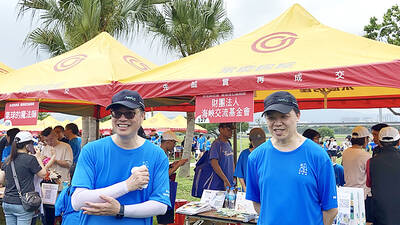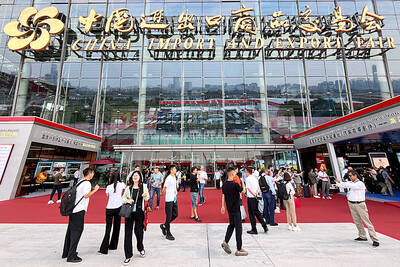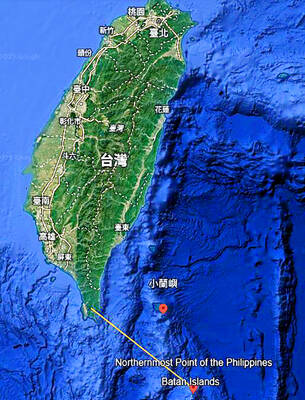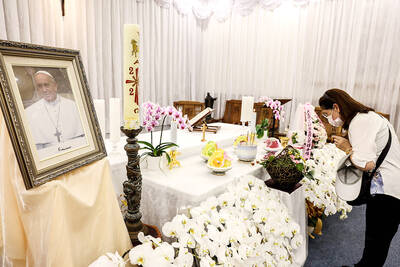A consortium of creditors acquiring South Korea's LG Card emerged yesterday as the most likely option to save the country's largest credit card company sinking under huge debts.
The eight creditor banks of LG Card have been working against the clock to make the terms of selling LG Card more attractive to potential buyers as letters of intent were supposed to be presented by the end of business yesterday.
They have decided to sell LG Card in an action, which is to be participated by the creditors themselves only.
The letters of intent were originally supposed to be sent by Tuesday, but none of them actually made an offer and the deadline for the letters of intent has been put off until yesterday.
"The most realistic option is that a creditor or creditors which are interested in taking over LG Card form a consortium and normalize the company rather than letting LG Card go belly-up," Hana Bank president Kim Seung-Yu was quoted as telling the Korea Economic Daily.
He ruled out the possibility of Hana Bank, reportedly the most likely candidate to acquire LG Card, taking over the company alone.
He noted Hana Bank's equity capital is 3 trillion won (US$2.5 billion) while LG Card's debt exceeded its assets to leave it with a negative net worth of 3.24 trillion won.
"Under these circumstances, it is impossible for Hana by itself to take it over. I say again, Hana Bank has neither capacity nor intention to acquire LG Card without others' participation," he said.
A spokesman of Woori Bank said the creditors have proposed new terms for the sale, including a possible write-down of LG Card's capital and swapping their loans to LG Card for equities in the company.
News reports said the creditors had proposed a 60 percent write-down of the capital, prompting LG Card shares slumping by the daily-limit margin of 15 percent for the second straight trading day to 3,640 won yesterday.
If this proposal becomes reality, shareholders including two US investment funds Templeton Asset Management and Capital Group will sustain huge losses from their respective equity holdings.
There were no immediate comment by either Templeton or Capital Group.
The liquidity crisis at LG Card has highlighted problems faced by South Korea's shaky credit card industry.
LG Card and seven other major local credit card firms had 6.9 trillion won of bad loans outstanding, including bills overdue a month or longer, equivalent to 11.74 percent of their total assets as of the end of October.
South Korea has 3.6 million credit card users -- one in seven economically active people -- defaulting on their card loans.

SECURITY: As China is ‘reshaping’ Hong Kong’s population, Taiwan must raise the eligibility threshold for applications from Hong Kongers, Chiu Chui-cheng said When Hong Kong and Macau citizens apply for residency in Taiwan, it would be under a new category that includes a “national security observation period,” Mainland Affairs Council (MAC) Minister Chiu Chui-cheng (邱垂正) said yesterday. President William Lai (賴清德) on March 13 announced 17 strategies to counter China’s aggression toward Taiwan, including incorporating national security considerations into the review process for residency applications from Hong Kong and Macau citizens. The situation in Hong Kong is constantly changing, Chiu said to media yesterday on the sidelines of the Taipei Technology Run hosted by the Taipei Neihu Technology Park Development Association. With

CARROT AND STICK: While unrelenting in its military threats, China attracted nearly 40,000 Taiwanese to over 400 business events last year Nearly 40,000 Taiwanese last year joined industry events in China, such as conferences and trade fairs, supported by the Chinese government, a study showed yesterday, as Beijing ramps up a charm offensive toward Taipei alongside military pressure. China has long taken a carrot-and-stick approach to Taiwan, threatening it with the prospect of military action while reaching out to those it believes are amenable to Beijing’s point of view. Taiwanese security officials are wary of what they see as Beijing’s influence campaigns to sway public opinion after Taipei and Beijing gradually resumed travel links halted by the COVID-19 pandemic, but the scale of

A US Marine Corps regiment equipped with Naval Strike Missiles (NSM) is set to participate in the upcoming Balikatan 25 exercise in the Luzon Strait, marking the system’s first-ever deployment in the Philippines. US and Philippine officials have separately confirmed that the Navy Marine Expeditionary Ship Interdiction System (NMESIS) — the mobile launch platform for the Naval Strike Missile — would take part in the joint exercise. The missiles are being deployed to “a strategic first island chain chokepoint” in the waters between Taiwan proper and the Philippines, US-based Naval News reported. “The Luzon Strait and Bashi Channel represent a critical access

Pope Francis is be laid to rest on Saturday after lying in state for three days in St Peter’s Basilica, where the faithful are expected to flock to pay their respects to history’s first Latin American pontiff. The cardinals met yesterday in the Vatican’s synod hall to chart the next steps before a conclave begins to choose Francis’ successor, as condolences poured in from around the world. According to current norms, the conclave must begin between May 5 and 10. The cardinals set the funeral for Saturday at 10am in St Peter’s Square, to be celebrated by the dean of the College